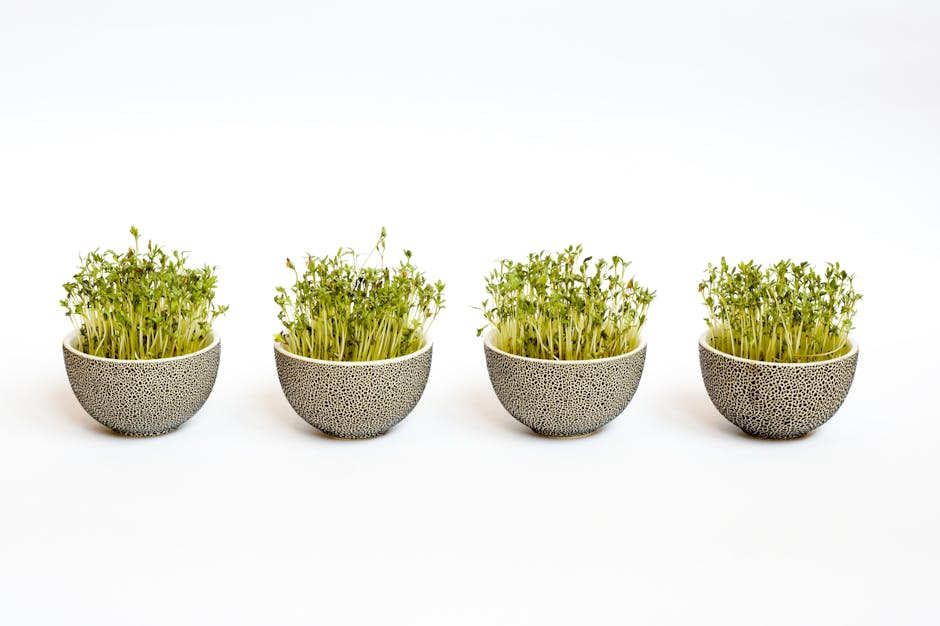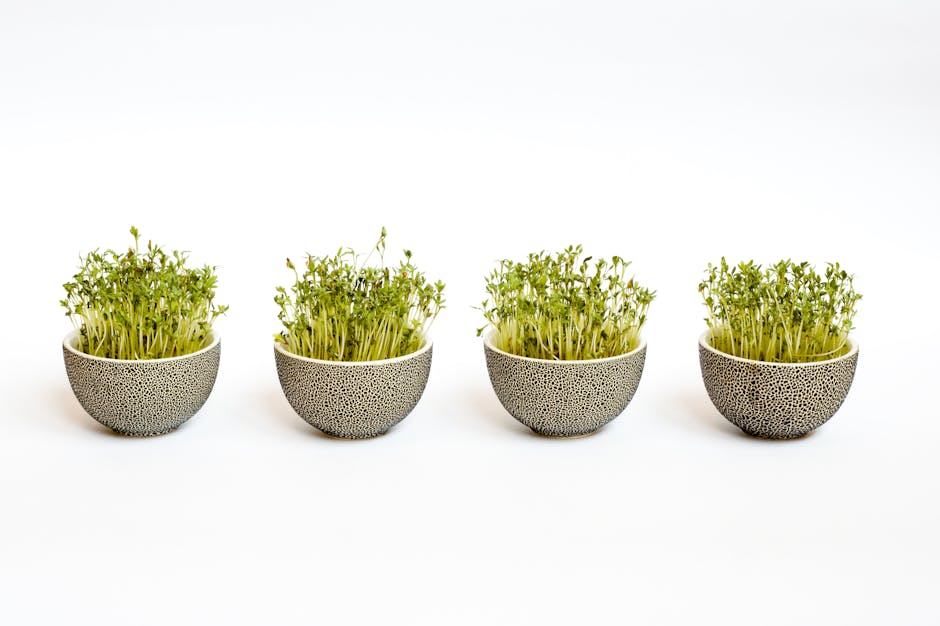Mastering the Art of Soil Selection for Thriving Succulents

Succulents are a popular choice among plant enthusiasts due to their unique aesthetic appeal and relatively low maintenance requirements. However, to ensure that your succulents thrive and flourish, it’s crucial to understand the importance of optimal soil selection and the right use of fertilizers.
The first step in mastering the art of soil selection for thriving succulents is understanding that these plants are native to arid regions. This means they are accustomed to well-draining soil that doesn’t retain too much water. Overwatering and poor drainage are common culprits behind the demise of many succulents. Therefore, the ideal soil for succulents should be porous and fast-draining to prevent water from lingering too long and causing root rot.
A common mistake many succulent owners make is using regular potting soil for their plants. While this type of soil works well for many other plants, it’s often too dense and retains too much moisture for succulents. Instead, consider using a specially formulated succulent or cactus mix. These mixes typically contain coarse sand, perlite, or pumice to improve drainage and mimic the natural soil conditions that succulents prefer.
If you’re feeling adventurous, you can also create your own succulent soil mix at home. A simple recipe involves combining one part potting soil with one part perlite or coarse sand. This homemade mix can provide your succulents with the well-draining soil they need to thrive.
Now, let’s shift gears and talk about fertilizers. While succulents don’t require as much feeding as other plants, they can still benefit from the occasional boost of nutrients, especially during their growing season.
When it comes to choosing a fertilizer for your succulents, look for one that’s low in nitrogen. High nitrogen levels can cause succulents to grow too quickly, resulting in weak and leggy plants. Instead, opt for a balanced or low-nitrogen fertilizer. A good rule of thumb is to choose a fertilizer with a N-P-K ratio (Nitrogen-Phosphorus-Potassium) where the first number (Nitrogen) is lower than the other two.
Remember, when it comes to fertilizing succulents, less is more. Over-fertilizing can lead to more harm than good, causing root burn and even killing your plants. It’s generally recommended to fertilize succulents once a month during their growing season, which is typically in the spring and summer. During the dormant winter months, there’s no need to fertilize at all.
In conclusion, the key to healthy and thriving succulents lies in the right soil and fertilizer choices. Opt for well-draining soil, either by purchasing a specialized succulent mix or making your own, and choose a balanced or low-nitrogen fertilizer to feed your plants during their growing season. With these tips in mind, you’ll be well on your way to mastering the art of soil selection and fertilization for your succulents. Happy planting!
Unlocking the Secrets of Fertilizer Use for Healthy Succulents Growth
Succulents are a popular choice among plant enthusiasts due to their unique aesthetic appeal and relatively low maintenance requirements. However, to ensure that your succulents thrive and grow healthily, it’s crucial to understand the optimal soil and fertilizer conditions they need.
Firstly, let’s delve into the world of soil. Succulents prefer well-draining soil, which prevents water from lingering too long and causing root rot. A good rule of thumb is to opt for a cactus or succulent mix, which is specifically designed to drain well. If you’re feeling adventurous, you can even create your own mix at home. A blend of potting soil, coarse sand, and perlite or pumice will provide the perfect environment for your succulents to flourish.
Now, let’s transition into the topic of fertilizers. While succulents don’t require as much fertilization as other plants, they can still benefit from the occasional nutrient boost. The key is to understand what type of fertilizer to use and when to apply it.
Succulents prefer a balanced fertilizer, which means it has equal parts Nitrogen (N), Phosphorus (P), and Potassium (K). These three elements are essential for plant growth. Nitrogen promotes healthy leaf growth, Phosphorus aids in root and flower development, and Potassium ensures overall plant health. A fertilizer with a ratio of 20-20-20 is often recommended for succulents.
However, it’s not just about what type of fertilizer you use, but also when you apply it. Succulents enter a period of dormancy during the cooler months and don’t require fertilization during this time. Instead, you should aim to fertilize your succulents during their active growing season, which is typically in the spring and summer.
When it comes to application, less is more. Over-fertilizing can lead to succulent leaves becoming soft and discolored. To avoid this, it’s best to dilute your fertilizer to half the recommended strength. Apply the diluted solution to the soil, not directly onto the plant, to prevent burning the leaves.
Remember, every succulent is unique and may have slightly different needs. It’s always a good idea to research the specific requirements of your particular succulent variety.
In conclusion, while succulents are relatively low-maintenance, they still require some care to thrive. By providing them with well-draining soil and the occasional dose of balanced fertilizer during their active growing season, you can ensure your succulents remain healthy and vibrant.
So, whether you’re a seasoned succulent enthusiast or a newbie just starting your collection, understanding the optimal soil and fertilizer conditions can make all the difference. With these tips in mind, you’re well on your way to unlocking the secrets of fertilizer use for healthy succulent growth. Happy planting!

